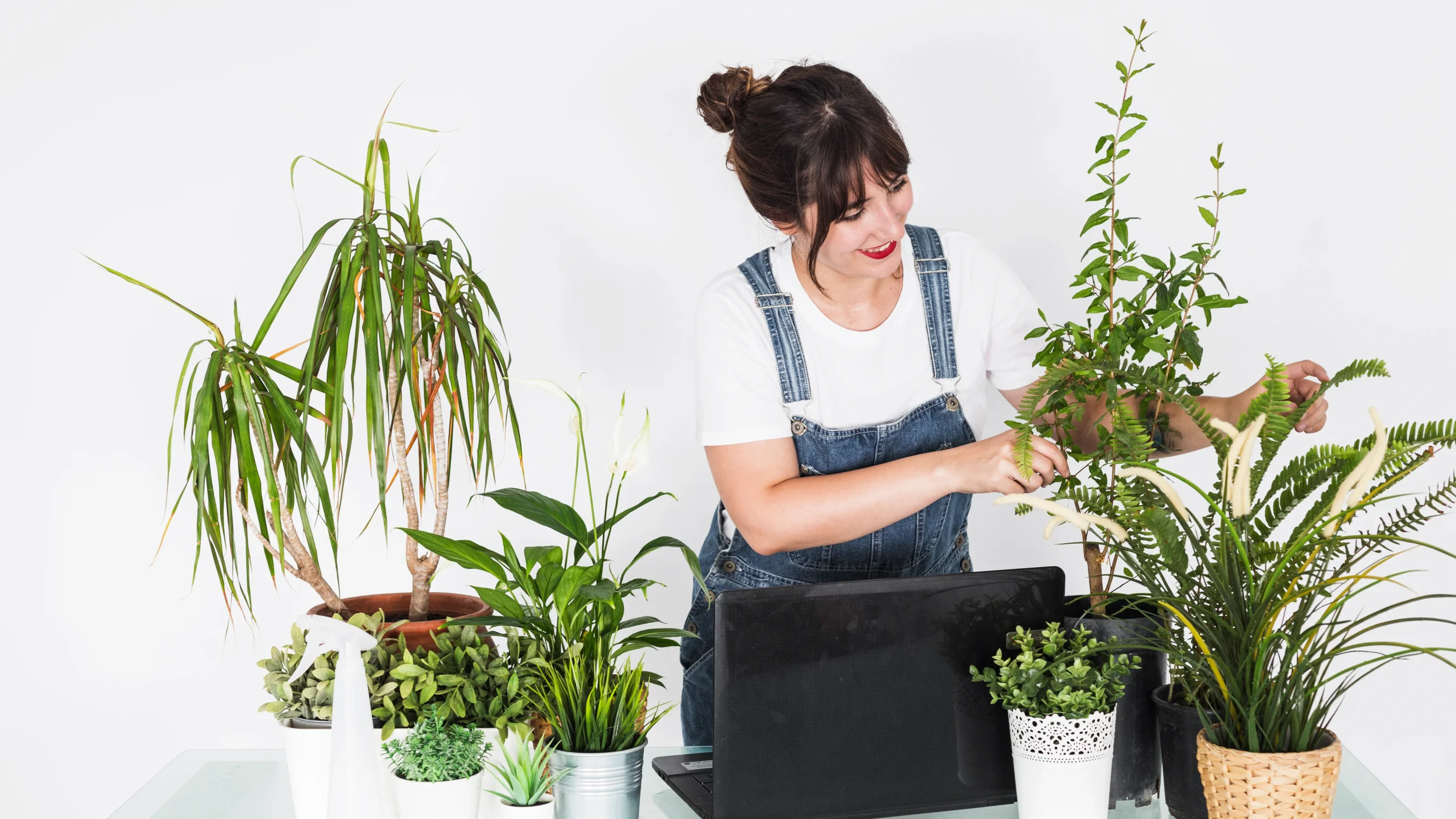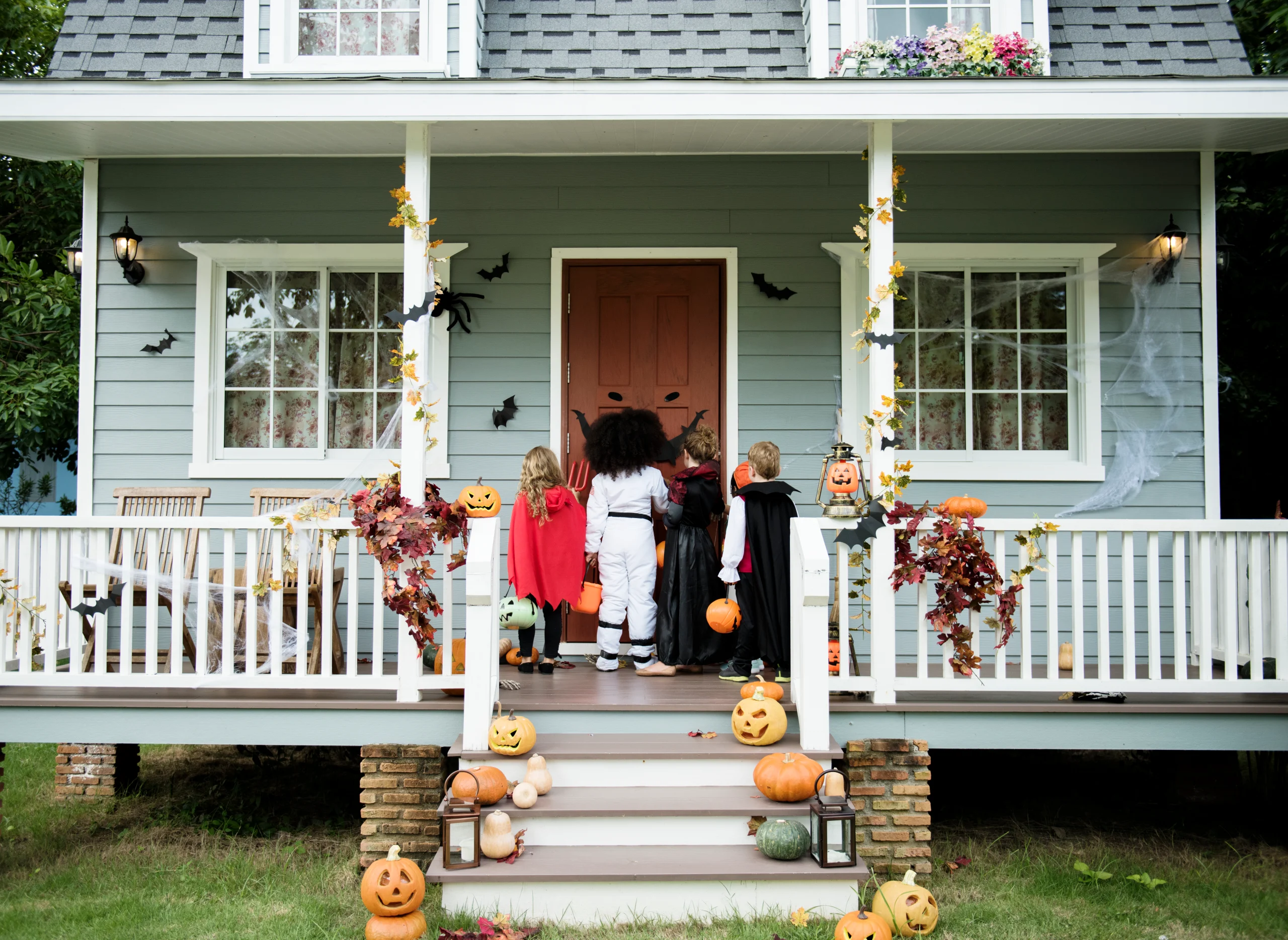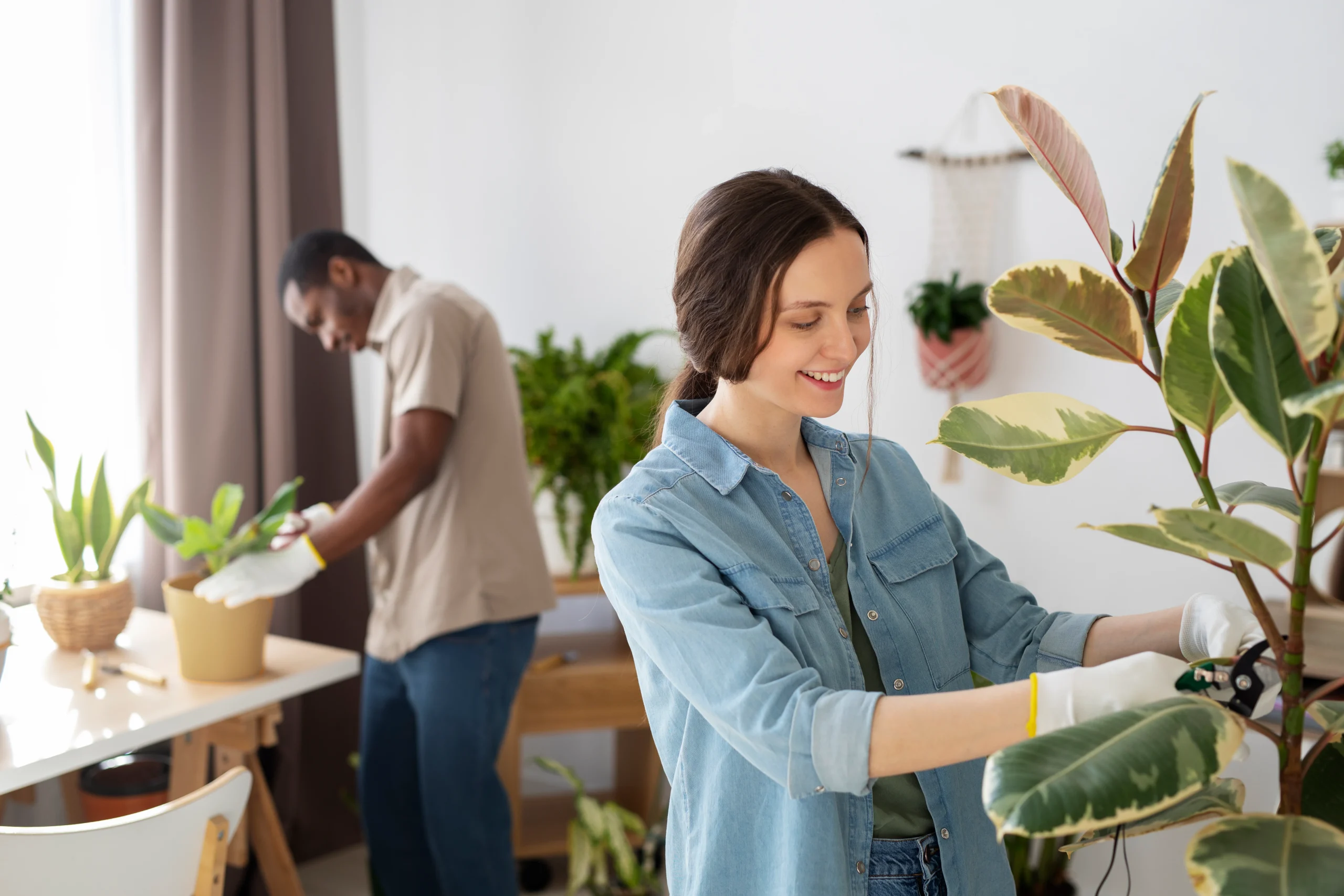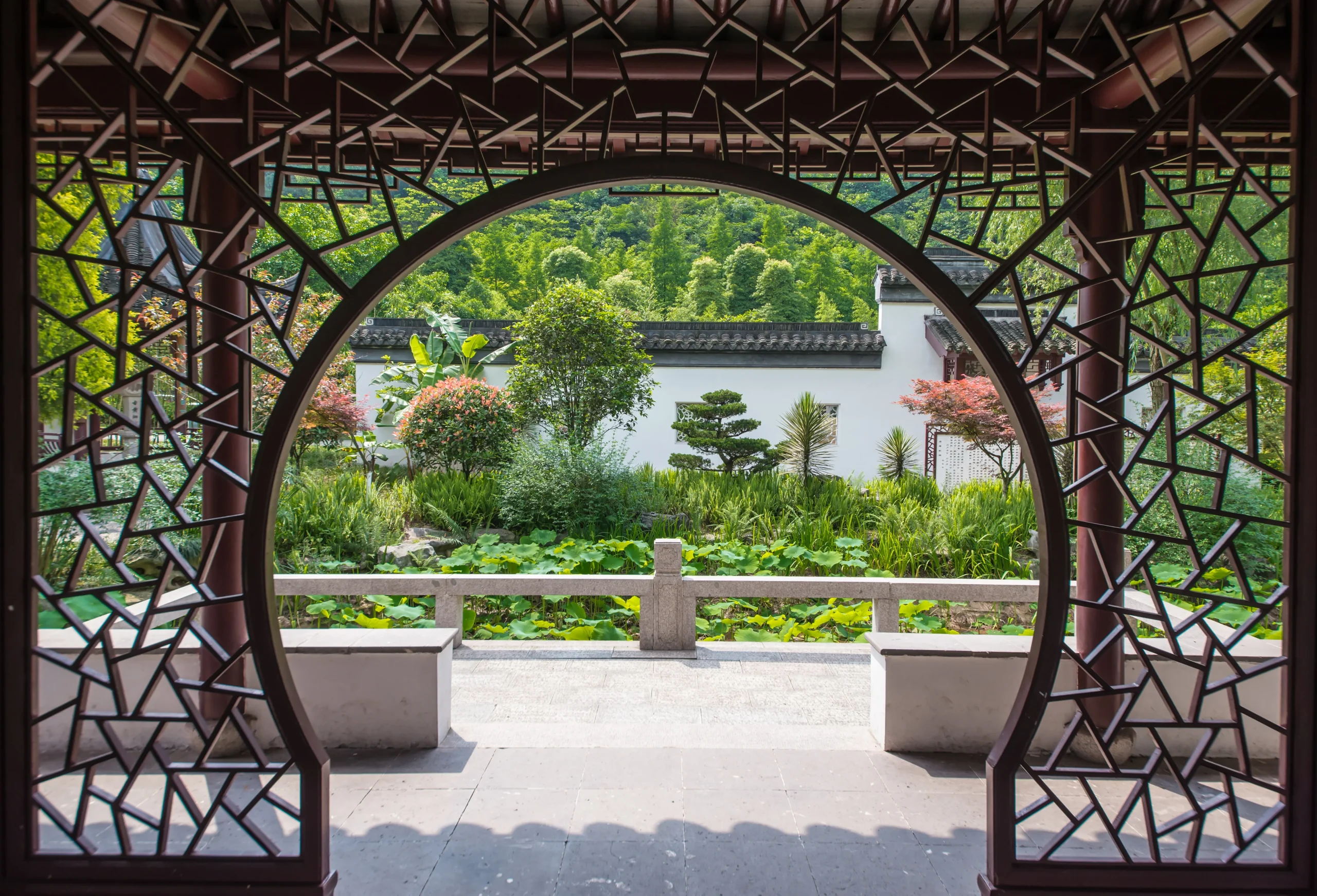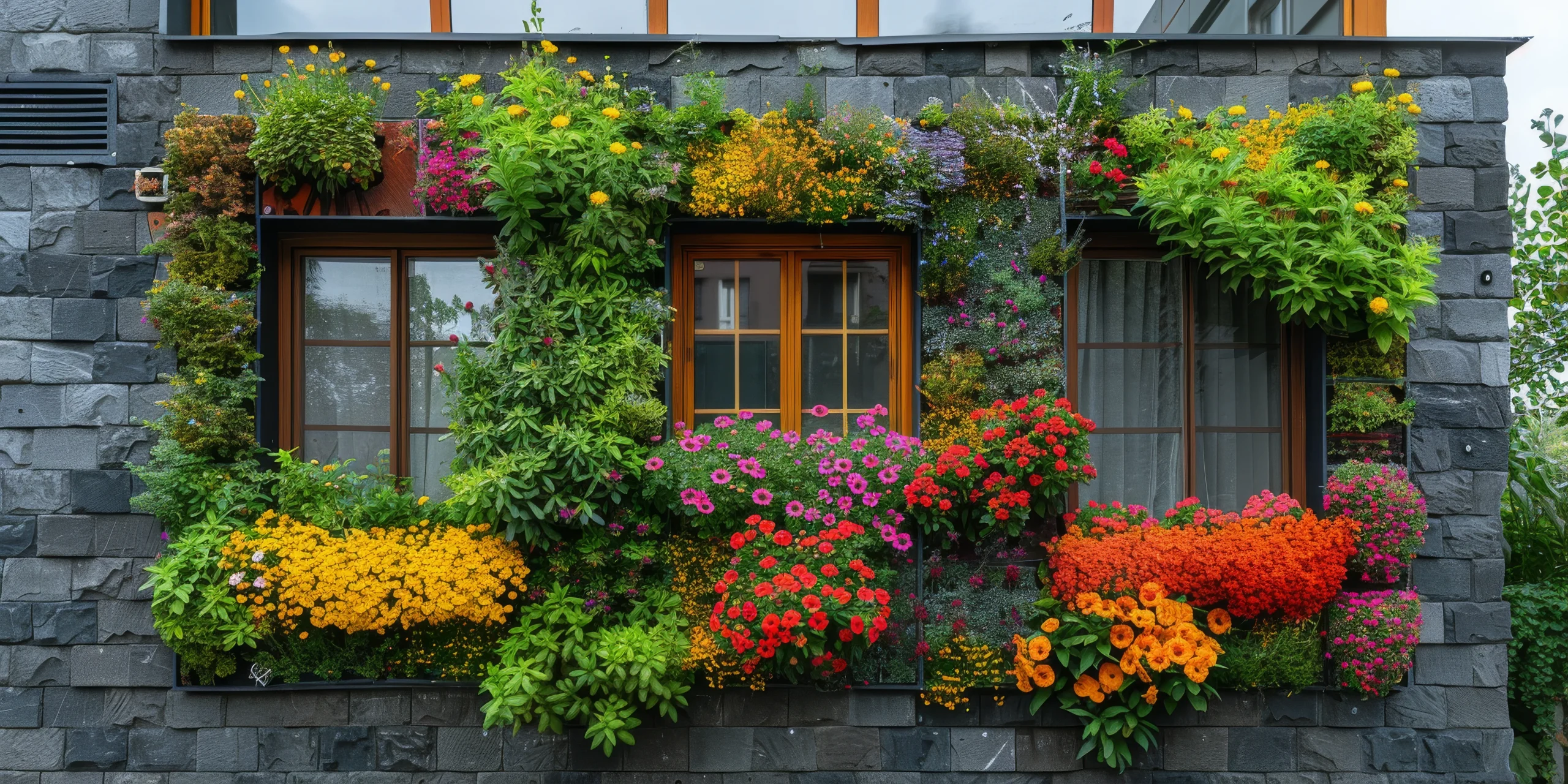Plants are more than just decorative pieces. They bring life, freshness, and tranquility into a space. With the rise of biophilic design, plant styling has become one of the most popular ways to create a beautiful, healthy, and cozy home. From indoor plants that purify the air to statement greenery that adds character, plant styling allows you to combine interior design with nature in an inspiring way.
Whether you live in a small apartment or a spacious house, you can style plants in ways that reflect your personality while improving your environment. In this guide, we will explore creative plant styling ideas, practical tips, and the benefits of adding greenery to your living space.
Why Plant Styling Matters
Plant styling is more than simply placing a potted plant in a corner. It’s about creating harmony between greenery and your interior décor. Plants improve air quality, reduce stress, and increase productivity. But beyond health benefits, they also bring a natural elegance and timeless beauty to your home.
When styled correctly, plants can:
- Soften sharp corners and balance the layout of a room.
- Add color, texture, and vibrancy to neutral spaces.
- Create focal points that draw the eye.
- Complement furniture, wall décor, and accessories.
- Transform a house into a calming sanctuary.
By learning the art of plant styling, you can elevate your home décor while enjoying the therapeutic presence of greenery.
Tips for Successful Plant Styling
Styling plants requires a mix of creativity and practicality. Here are some key tips to help you get started.
1. Choose the Right Plants for Your Space
Before styling, consider the light, humidity, and temperature of your home. For example, snake plants and ZZ plants thrive in low light, while fiddle leaf figs and monstera prefer bright, indirect sunlight.
Matching the plant to the right environment ensures it not only looks beautiful but also stays healthy and vibrant.
2. Mix Plant Sizes and Shapes
A well-styled room often includes a variety of plant sizes. Use tall plants like palms or rubber trees to add height and drama. Medium-sized plants such as peace lilies or pothos work well on shelves or side tables. Small succulents and cacti can be placed on desks, windowsills, or coffee tables for a minimalist touch.
The contrast in size and shape creates visual interest and depth in the room.
3. Play with Plant Containers
Planters play a huge role in plant styling. Choose pots that complement your home décor. Ceramic pots add elegance, woven baskets bring warmth, and metallic planters create a modern vibe.
You can even mix and match colors and textures for a more dynamic look. Hanging planters or wall-mounted plant holders are also great for saving space while adding greenery.
4. Use Plants as Focal Points
A large, dramatic plant can serve as the centerpiece of a room. For example, placing a fiddle leaf fig in the corner of a living room instantly elevates the space. Similarly, a statement cactus or bird of paradise plant can become the highlight of an entryway or dining area.
To avoid clutter, balance bold plants with simpler décor pieces.
5. Layer Plants with Other Décor
Plants pair beautifully with other elements of interior design. Combine greenery with books, candles, or decorative objects on shelves and coffee tables. Use plants alongside mirrors and artwork to create cohesive wall styling.
Layering textures—like soft fabrics, wooden furniture, and lush greenery—creates a cozy and inviting atmosphere.
6. Style Plants by Room
Different rooms call for different plant styling approaches.
- Living Room: Use tall plants as statement pieces and smaller plants on coffee tables or bookshelves.
- Bedroom: Choose calming plants like lavender or snake plants for a restful environment.
- Kitchen: Grow herbs like basil, mint, and rosemary for both style and function.
- Bathroom: Opt for humidity-loving plants such as ferns, orchids, or pothos.
Styling plants according to the room enhances both design and functionality.
7. Experiment with Plant Arrangements
Instead of placing plants randomly, group them strategically. A cluster of three plants of different heights creates a balanced composition. You can also align several plants along a window sill or create a mini indoor jungle by grouping larger plants together in a corner.
Experimenting with arrangements helps you find the perfect balance for your space.
8. Incorporate Vertical Plant Styling
When floor space is limited, think vertical. Hanging planters, wall-mounted pots, or plant ladders allow you to showcase greenery without crowding the room. Vertical plant styling is especially useful in apartments and small homes where space is a challenge.
9. Seasonal Plant Styling
Change your plant styling with the seasons. Bright, colorful flowers in spring and summer add energy, while evergreen plants in fall and winter create a cozy vibe. Seasonal styling keeps your home feeling fresh and dynamic throughout the year.
Benefits of Plant Styling at Home
Plant styling goes beyond aesthetics. The benefits include:
- Better Air Quality: Indoor plants filter toxins and release oxygen.
- Stress Reduction: Greenery promotes relaxation and lowers anxiety.
- Boosted Productivity: Plants in workspaces improve focus and creativity.
- Enhanced Décor: Greenery adds color, depth, and character to interiors.
- Connection to Nature: Bringing the outdoors inside improves overall well-being.
These benefits show that plant styling is not just decorative but also deeply functional for a healthy lifestyle.
DIY Plant Styling Ideas
For those who love hands-on creativity, here are some fun DIY plant styling projects:
- Paint terracotta pots in vibrant colors or patterns.
- Build a simple wooden plant stand to elevate potted plants.
- Repurpose mason jars or teacups as mini plant holders.
- Create a hanging macramé planter with ropes and knots.
- Upcycle old furniture like bookshelves into indoor plant displays.
These DIY projects are budget-friendly and allow you to add a personal touch to your plant décor.
Plant Styling Mistakes to Avoid
Even though plant styling is fun, beginners often make some common mistakes:
- Overcrowding plants, which creates clutter.
- Choosing plants not suited for the available light.
- Using mismatched planters without balance.
- Neglecting plant care, leading to unhealthy greenery.
By avoiding these mistakes, you can maintain both the beauty and health of your styled plants.
Final Thoughts
Plant styling is an art that transforms your home into a vibrant and serene sanctuary. With the right plants, containers, and arrangements, you can elevate your décor while enjoying the health benefits of greenery.
The key to successful plant styling lies in balance—between big and small plants, bold and subtle accents, natural and decorative elements. Whether you prefer a minimalist look with a few carefully chosen plants or an indoor jungle full of greenery, plant styling allows endless creativity.
Start with one or two plants, experiment with placement, and gradually build your indoor oasis. Soon, you’ll find that plant styling not only beautifies your home but also nurtures your well-being and brings you closer to nature.


